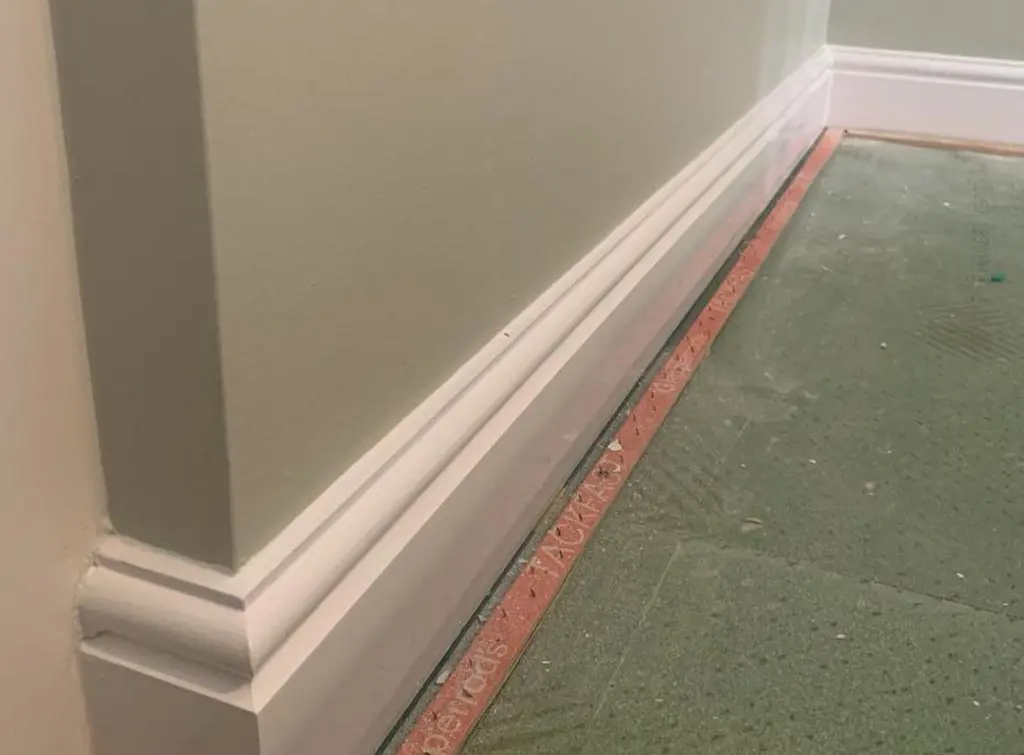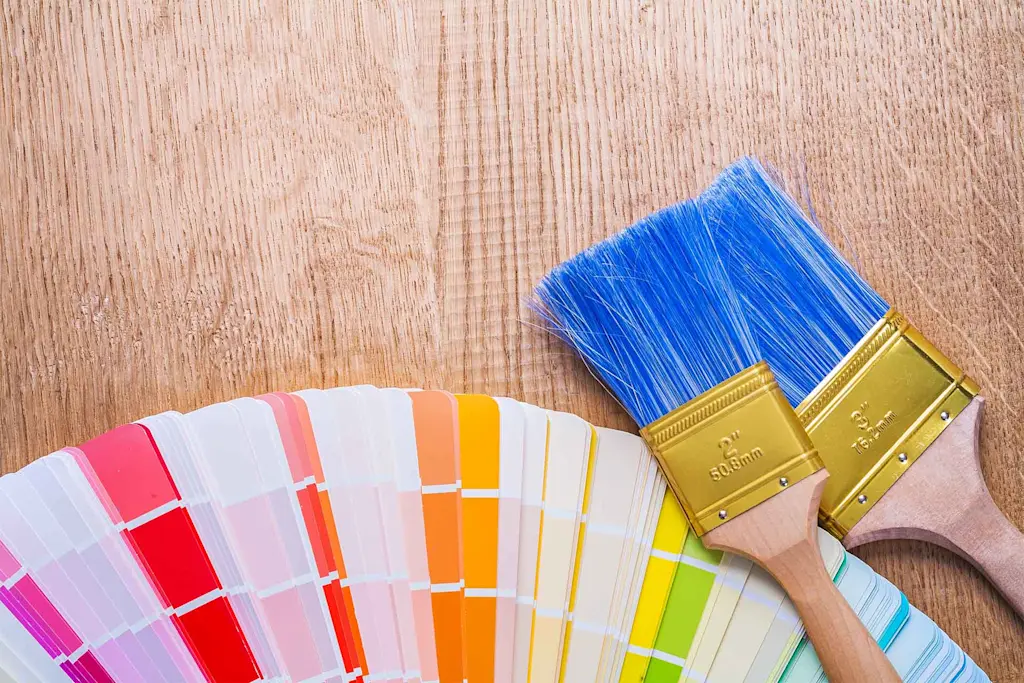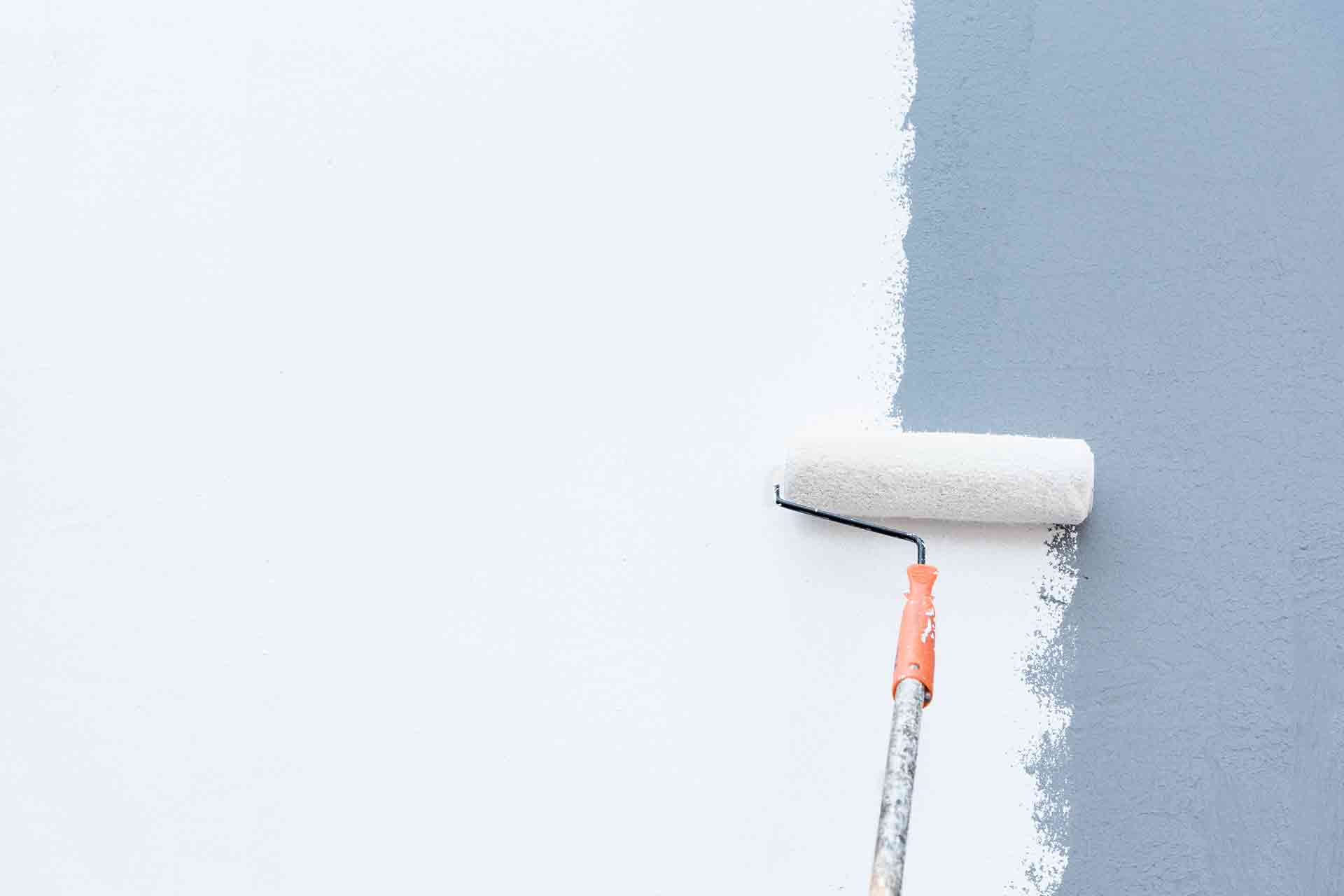Blog>How-To Guides>How to paint skirting boards
Last updated: 24 August 2023
How to paint skirting boards
Looking to paint your skirting boards? Learn how to do it like a pro through this step-by-step guide.

Painting your skirting boards can help you achieve a fresh, updated look in your rooms, besides adding an easy-to-clean protective layer.
You might also be redecorating and need to paint the skirting boards to match the new style. Whatever the reason, knowing how to do the job properly can help you achieve a professional-looking result.
Below, we offer a step-by-step guide on how to paint your skirting boards, including what tools you'll need for the project.
See the tradespeople we've checked and recommend for your job
Tools required
Here are the items you need to get started:
Sandpaper (medium and fine grit)
Primer
Paint
Painter's tape
Paint brushes
Paint tray
Drop cloth or newspaper
Cleaning rags
Mild soap
The best paints for skirting boards are typically oil or water-based. Angled brushes are also great for corners.
How to paint skirting boards
For best results, we always recommend hiring a professional.

1. Prepare the area
The first step is to prepare the room and skirting boards.
Move any obstructions out of the way, cover the floor and any exposed furniture with your drop cloth, and then tape off the areas above and below the skirting boards to protect from paint splatters.
2. Clean the skirting boards
Use a mild soap and damp cloth to clean the skirting boards, as you don't want dust or debris on the surface when it comes to painting.
Make sure you allow them to dry completely before proceeding.
3. Sand the surface
Using a medium-grit sandpaper, lightly sand the skirting boards to smooth out the surface and help the primer stick better.
If there's already a flaking layer of paint present, make sure you remove this to smooth out the surface completely.
Wipe off any dust that you create afterwards.
4. Apply primer
Starting with the edges and corners, apply a coat of primer to the skirting boards. This is where your angled brush will come in handy if you have one.
Allow the primer to dry according to the manufacturer's instructions, then lightly sand the surface with your fine-grit sandpaper.
Again, wipe away any dust you create during sanding.
5. Apply the first coat of paint

Give your paint a good stir to make sure it's properly mixed, then carefully apply the first coat using long, even strokes.
Make use of your angled brush again for the corners if you've got one. Be careful not to put too much paint on the brush, as this can cause drips and a messy finish.
Now, let the first coat dry according to the product's guidelines.
6. Apply the second coat
Once the first coat is fully dry, lightly sand the surface once again to remove any imperfections and brush marks.
Wipe away any dust and apply the second coat of paint. Depending on your chosen colour, you may need a third coat, in which case you can simply repeat this step.
When the second coat is almost dry, but slightly sticky to the touch, remove the tape. Doing it too soon can cause smudges, and doing it too late can damage the surrounding paint.
7. Finishing touches
Perform touch-ups with a small brush if you need to, then allow the skirting boards to dry.
Finally, clean up the area and you're finished.
Remember, if you don't want to tackle the job yourself, you can always pop your postcode into the box below and find a pro painter/decorator near you!
See the tradespeople we've checked and recommend for your job
More How-To Guides
More Painting / Decorating Articles
See the tradespeople we've checked and recommend for your job




